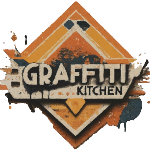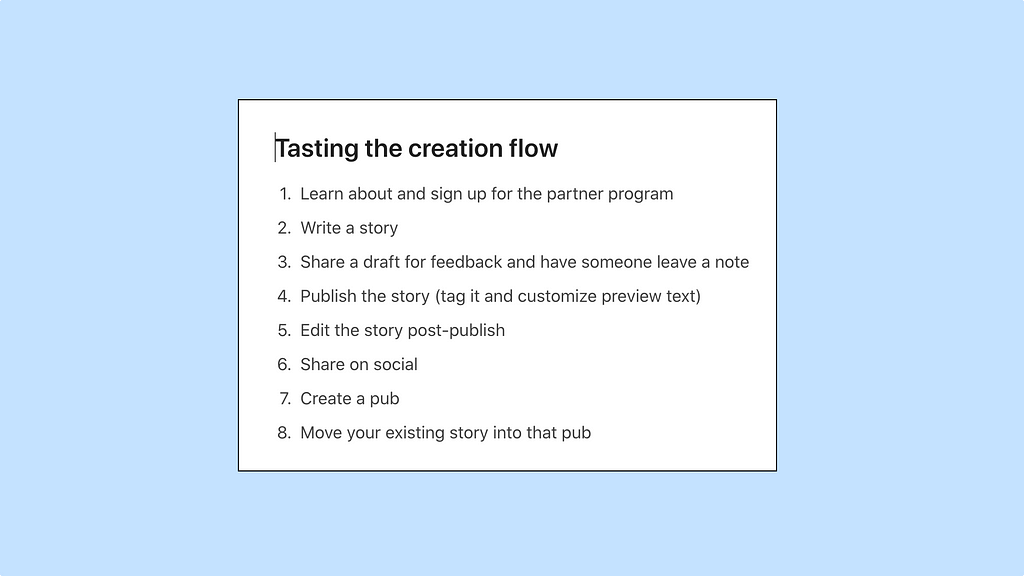

Source: Medium.design - Medium | Read More

As product designers, we are responsible for empathizing with our users. And we’ve developed a number of tools to help us do just that—we talk to people who use our product, we sit with them and look over their shoulders as they interact, we see what works and where they get frustrated or confused.
But there’s often no better tool for empathy than using the product yourself. Sometimes that’s challenging or impossible, like if you work on specialized industrial software or enterprise accounting platforms. But for anyone working on consumer-facing software, it should be a part of your everyday practice. That said, even if you are dedicated to that practice, it’s likely that there are aspects of the product experience that you don’t use very often or rarely touch. Maybe you focus more on the parts that are relevant to what you’re working on, maybe there are flows that just aren’t needed very often (until they are). And we certainly tend to stop experiencing the new user moments once we settle in to using the product.
So, what does this have to do with wine? I picked up the term “wine tasting” from my time working with John Maeda. He suggested it as an improvement on “dog fooding” because let’s face it, ew. Nobody wants to eat dog food and we certainly don’t want to think of our products that way. “Wine tasting” implies not only quality in the product but mindfulness and intentionality in your approach to testing it.
At Medium, our product design team now has monthly wine tasting sessions, and it’s a ritual I would highly recommend. Each month, we identify a flow within the product to sample. If there’s a flow that we’re about to redesign or iterate on, we will often target that, but sometimes it’s just an area that is less frequently used or that some team members are less familiar with than others. Our sessions have covered topics such as the publishing flow, onboarding, user settings, writer stats, and more.
From there, we spin up a Coda doc with two sections. The first is the list of tasks that every participant should complete. That looks something like this:

The second section is a table where everyone can document issues and feedback.

We get together for an hour, put on some music to set the mood, and we each go through the flows and add issues to the table. We leave 15–20 minutes at the end for discussion and analysis, to share our reactions and ideas. We also make sure to discuss a process for sharing feedback with the appropriate product teams, so that they can continuously improve the experience. If we’re looking at a flow that’s relevant to an upcoming project, the designer(s) on that project will use the issues surfaced as input for their ideation process.
Our wine tasting sessions have proven to be a lightweight way to better familiarize ourselves with all the parts of the product, to put ourselves in our users’ shoes, and to surface opportunities for improvement. It’s also a nice way to spend an hour together as a team. Post-pandemic, perhaps we can bring some actual wine to the wine tasting! 🍷
Wine tasting and product design was originally published in Medium.design on Medium, where people are continuing the conversation by highlighting and responding to this story.